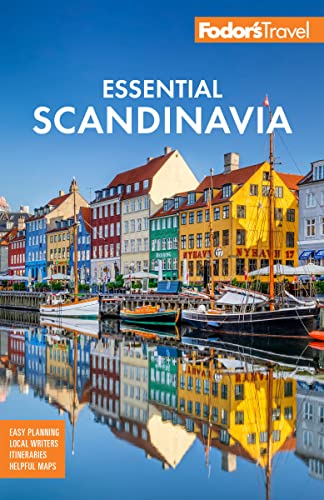Getting Oriented
Denmark is divided into three regions: the two major islands of Zealand and Funen and the peninsula of Jutland. To the east, Zealand is Denmark's largest and most populated island, with Copenhagen as its focal point. Denmark's second-largest island, Funen, is a pastoral, undulating land of farms and beach villages, with Odense as its one major town. To the west, the relatively vast Jutland connects Denmark to the European continent; here you find the towns of Århus and Aalborg.
Copenhagen. Copenhagen fidgets with its modern identity as a Scandinavian–European link and cozy capital. The center of Danish politics, culture, and finance, it copes through balance and a sense of humor with a taste for the absurd. Stroll the streets and you'll pass classic architecture painted in candy colors and businessmen clad in jeans and T-shirts.
Zealand. The countryside surrounding Copenhagen in the rest of Zealand is not to be missed. Less than an hour from the city, fields and half-timber cottages checker the land. Roskilde, to the east, has a 12th-century cathedral, and in the north, the Kronborg Castle of Hamlet fame crowns Helsingør. Beaches, some chic, some deserted, are powdered with fine white sand.
Funen. Funen rightly earned its storybook reputation by making cuteness a local passion. The city of Odense, Hans Christian Andersen's birthplace, is cobbled with crooked old streets and Lilliputian cottages.
Jutland. Jutland's landscape is the most severe, with Ice Age–chiseled fjords and hills, sheepishly called mountains by the Danes. In the cities of Århus and Aalborg, you can find museums that rival Copenhagen's, although their nightlife is more subdued.




